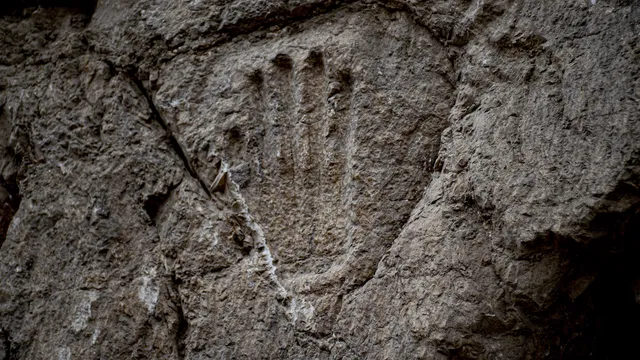British scientists at the Fitzwilliam Museum in Cambridge have made a thrilling discovery: a 4,000-year-old human handprint found on an ancient Egyptian burial object. The discovery was made during preparations for a major exhibition, Made in Ancient Egypt, which will open this autumn.
The rare handprint is found on an artifact known as a “soul house” – a clay model in the shape of an open-fronted building where food was usually placed. Such models are often found above graves and served as a dwelling place for the soul of the deceased, as well as a place for offerings from loved ones.
This particular spirit house structure dates back to 2055–1650 BC. According to experts, the first step for the potter who created the house of souls was to make a frame of wooden sticks, which were then covered with clay to create a two-story building supported by columns. Then, steps were formed by pressing the wet clay. During the firing process, the wooden frame burned away, leaving empty spaces.
The handprint was likely made when someone—perhaps the potter himself—took the house out of the workshop to dry before firing it in a kiln. “We’ve seen fingerprints left in wet varnish or on a coffin in decoration, but it’s rare and exciting to find a complete handprint under this soul house,” said Egyptologist Helen Strudwick, adding: “This was left by the craftsman touching it before the clay had dried. I’ve never seen such a complete handprint on an Egyptian object before. You can just imagine the person who made it picking it up to take it out of the workshop to dry before firing it.”
Ceramics were widely used in ancient Egypt, mostly as functional objects, but occasionally as decorative ones. Ceramics containing food and drink were also common in burials, according to the museum. The vast amount of pottery that has survived from this period is evidence of this. I BGNES

 Breaking news
Breaking news
 Europe
Europe
 Bulgaria
Bulgaria







